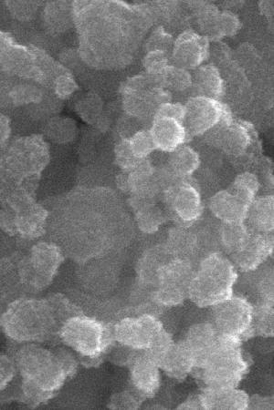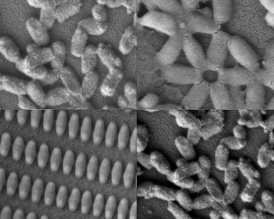Science
Nanoparticles, made to order — inside and out: New research enables high-speed customization of novel nanoparticles for drug delivery and other uses
Stuttgart researchers coordinate major EU project to clean up soil and ground water: Pollution control with nanoparticles
Researchers build an all-optical transistor: An optical switch that can be turned on by a single photon could point toward new designs for both classical and quantum computers
Human Rights
Visited:22,755,937
Fostering a More Humane World: The 28th Eurasian Economic Summi

Conscience, Hope, and Action: Keys to Global Peace and Sustainability

Ringing FOWPAL’s Peace Bell for the World:Nobel Peace Prize Laureates’ Visions and Actions

Protecting the World’s Cultural Diversity for a Sustainable Future

Puppet Show I International Friendship Day 2020








